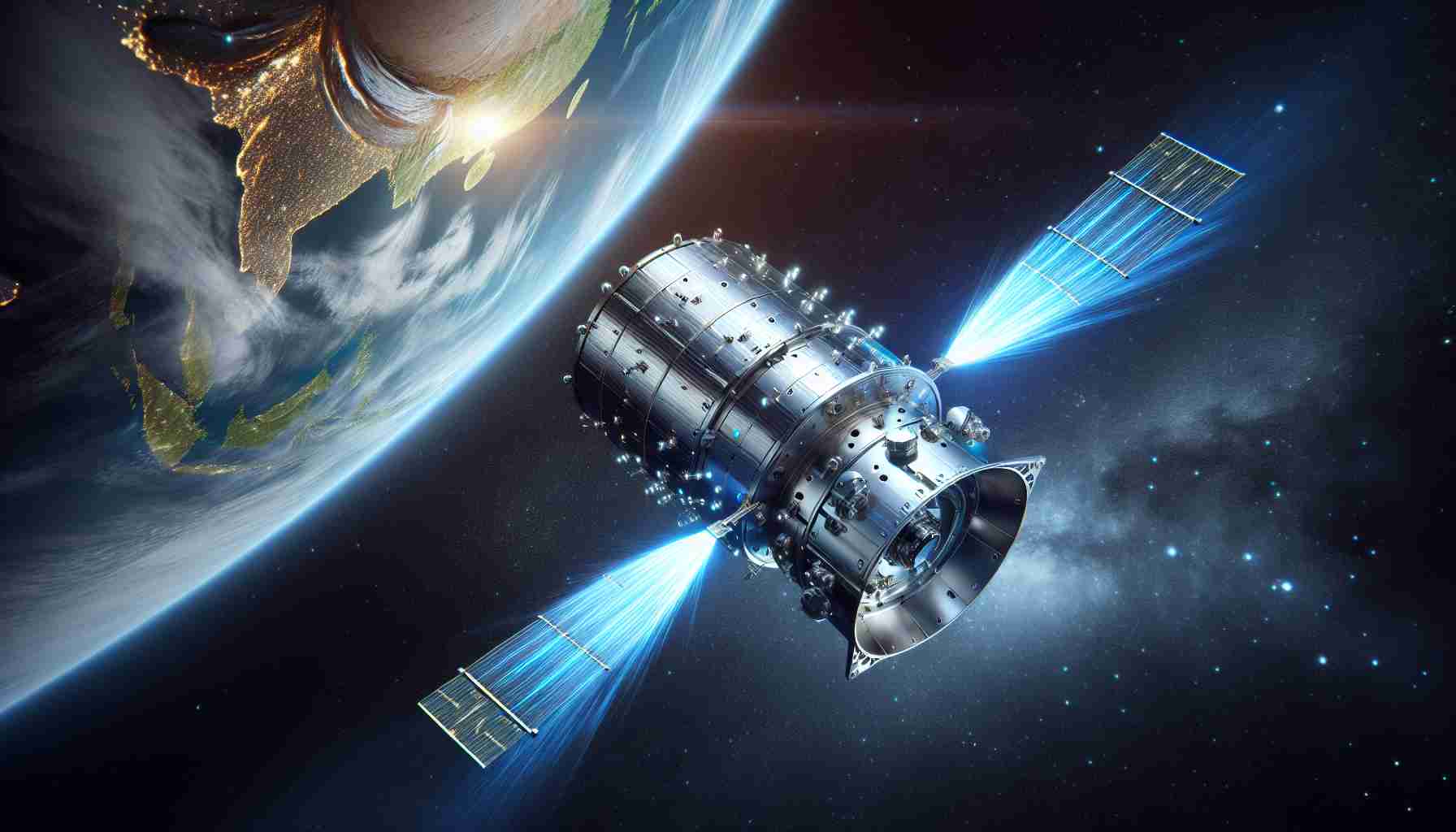
China successfully concluded its groundbreaking satellite mission on October 10, with the return of its first retrievable and reusable satellite, Shijian-19. After spending two weeks in low Earth orbit, the satellite landed at 10:39 p.m. Eastern time in the Gobi Desert, showcasing China’s advancements in space technology.
Launched on September 27 from Jiuquan aboard a Long March 2D rocket, Shijian-19 was equipped with various experimental payloads. These included plant and microbial samples intended for research, as well as payloads designed to test new technologies in space. The mission also supported experiments from international partners, emphasizing cooperation in space endeavors.
A notable focus of the mission was on crop breeding, as exposure to space conditions has been shown to potentially enhance plant resilience and productivity crucial for a country like China, where arable land is limited. The successful demonstration of a new generation of high-performance platforms was highlighted by officials, affirming the satellite’s versatile configurations for varying mission durations.
Shijian-19 represents the first of many anticipated missions in a series that aims to push the boundaries of reusable space technology. China’s ambitions extend beyond mere satellite launches, encompassing deep space exploration and extensive research aboard the Tiangong space station, marking a pivotal moment in their comprehensive space strategy. With increasing frequency in launches and diverse missions planned, China’s robust space program is set to reshape the future of space exploration.
China’s Innovative Satellite Mission Marks a New Era in Space Exploration
On October 10, China successfully concluded its pioneering satellite mission involving the Shijian-19, a notable triumph that encapsulates the nation’s escalating ambition in space exploration. Beyond its functionality as a retrievable and reusable satellite, Shijian-19 serves as a testament to China’s capacity for innovation and technological advancement in the cosmic arena.
Key Questions and Answers
1. What makes the Shijian-19 mission groundbreaking?
The Shijian-19 satellite mission marks a significant leap in China’s space program by being the first successful retrieval of a reusable satellite. It offers insights into sustainable space operations, potentially reducing costs and increasing the frequency of launches.
2. How does Shijian-19 contribute to international collaboration?
The mission included experiments from various international partners, signifying China’s willingness to engage in collaborative research efforts globally. This approach lays the groundwork for future cooperative projects in space exploration, fostering a spirit of unity among spacefaring nations.
3. What are the implications for agricultural research?
The mission’s emphasis on crop breeding experiments could revolutionize agricultural practices in China. By leveraging space conditions, researchers hope to enhance crop resilience and yield, addressing food security concerns amid limited arable land resources.
Key Challenges and Controversies
Despite its achievements, the mission raises several challenges and controversies:
– Environmental Impact: The increasing frequency of satellite launches raises questions concerning space debris and the management of Earth’s orbital environment. How will China navigate the challenges of sustainable space operations in light of potential environmental repercussions?
– Geopolitical Tensions: As China steps up its space activities, concerns about military applications of space technology may rise among other nations. This potential for dual-use technology creates geopolitical tensions that could complicate international relations.
Advantages and Disadvantages
Advantages:
– Cost Efficiency: Reusable technology is likely to decrease the cost of satellite deployment and missions, making space exploration more economically viable.
– Scientific Advancement: The mission paves the way for groundbreaking studies in areas such as agricultural resilience, which can have profound effects on food security.
– International Collaboration: It fosters a collaborative approach to space research, potentially leading to shared technological advancements and knowledge.
Disadvantages:
– Space Debris Concerns: Increased activity in orbit necessitates robust management strategies to mitigate the risks associated with space debris.
– Increased Tensions: As capabilities grow, countries may perceive China’s advancements as a threat, engendering rivalry rather than partnership in space exploration.
– Resource Allocation: The financial resources devoted to space exploration may lead to domestic criticism, particularly when pressing social and economic issues remain.
As China’s robust space program continues to evolve, the Shijian-19 satellite mission signifies not just a technological achievement, but a pivotal moment in the direction of global space exploration. The balance between innovation, international cooperation, and responsible stewardship of space will shape the future of this compelling frontier.
To learn more about China’s space initiatives and innovative missions, explore the main domain of the China National Space Administration at cnsa.gov.cn.



